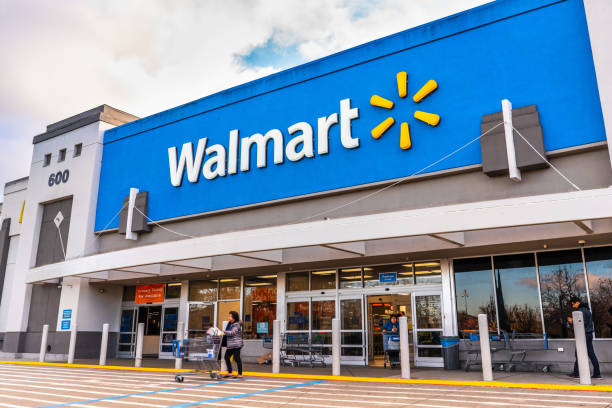Shares of Amazon falls as Walmart lowers full year outlook

After market close on Monday, Walmart revealed
new estimates for adjusted earnings per share. It said there
will be a decline by 8% to 9% for the second quarter and
11% to 13% for the full year. Earnings were previously expected to
be flat to slightly higher for the second quarter and to decline by
1% for the full year.
The retailing giant attributed the change to
rising inflation, specifically in the price of food and fuel, which it claimed
is influencing how its clients spend. Additionally, it stated that, excluding
gas, it anticipates same-store sales in the United States to increase by around
6% in the second quarter.
Customers are spending more on necessities and less
on non-essentials, which encourages discounts.
Investors are growing more worried that stores will
have to heavily discount unsold inventory as prices are rising, consumers are
shifting their spending from goods to services, and retailers are
attempting to stock up on holiday merch early in order to avoid the supply
chain problems that plagued the industry previously in the wake
of coronavirus pandemic.
Even though this represented higher food costs,
where inflation is already climbing rapidly and the company generates
lower profit margins, Walmart announced that comparable sales in its US
locations will be stronger than previously forecast, up 6% in the second
quarter minus fuel.
While Walmart made tremendous headway
eliminating "hardline" goods, apparel in Walmart U.S.
requires more discount, according to CEO Doug McMillon, as rising food and
fuel prices affects how customers spend.
In Q2 2022, Walmart claimed to have "made
progress reducing inventory" and has
been managing prices to account for inflation and rising
supply-chain costs. The beginning of back-to-school season was also
encouraging, according to McMillon, but he cautioned that general merchandise
sales will be under "more pressure" in the rest of the year.
Walmart, like some other US multinationals, is
feeling the effects of the dollar strength, which caused a "headwind"
of roughly $1 billion in sales during the second quarter. It anticipates a
currency hit of $1.8 billion in the second half based on current exchange
rates.
Walmart's statement caused its stock to drop almost
10% to $118.97 and sparked a sell-off in rival companies' stock, including
Target, Costco, and Home Depot. Amazon's stock dropped by more than 4%.
Over 8% of Walmart's stock dropped during extended
trading. The news alarmed investors in other stores as well. Target and Costco
shares fell as much as 5% and 2%, respectively, while Nordstrom's stock fell as
much as 3%.
When Walmart cut their guidance for the upcoming
quarters for the first time in May, its shares saw their largest one-day
decline since 1987.
Amazon is anticipated to disclose second-quarter
profits on Thursday. Wall Street will be keeping a careful eye out for any
indications of how the world's largest online retailer is handling inflationary
pressures, a slowdown in consumer spending, and ongoing supply chain
challenges.
As a result of Walmart's announcement that it was
cutting its quarterly and full-year profit outlook, shares of Amazon dropped
more than 4% on Monday in extended trading.
Brian Olsavsky, the CFO of Amazon, was questioned
about the state of consumer spending during the company's earnings call for the
previous quarter. He said Amazon had not detected any softening.


Be the first to comment!
You must login to comment